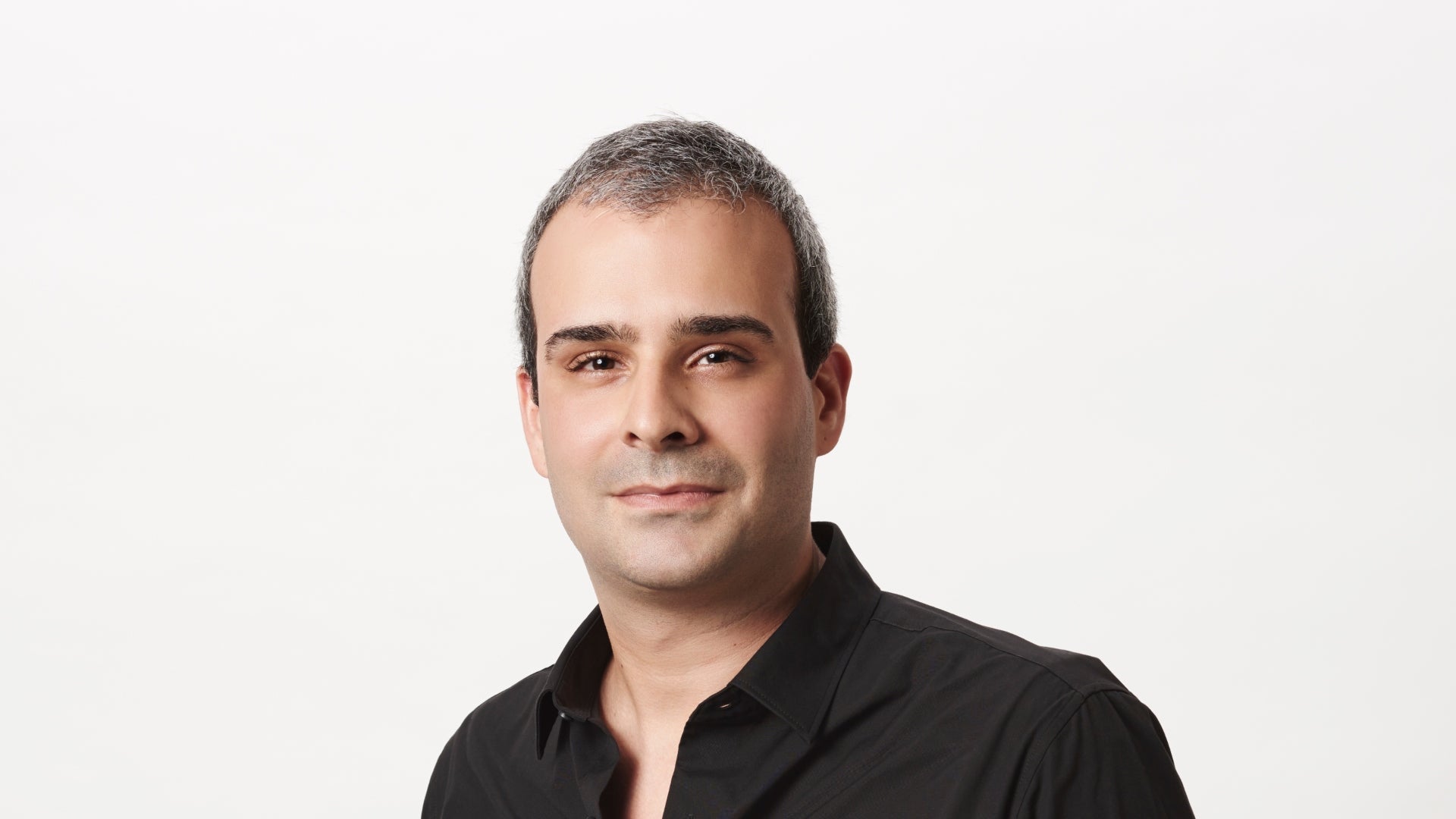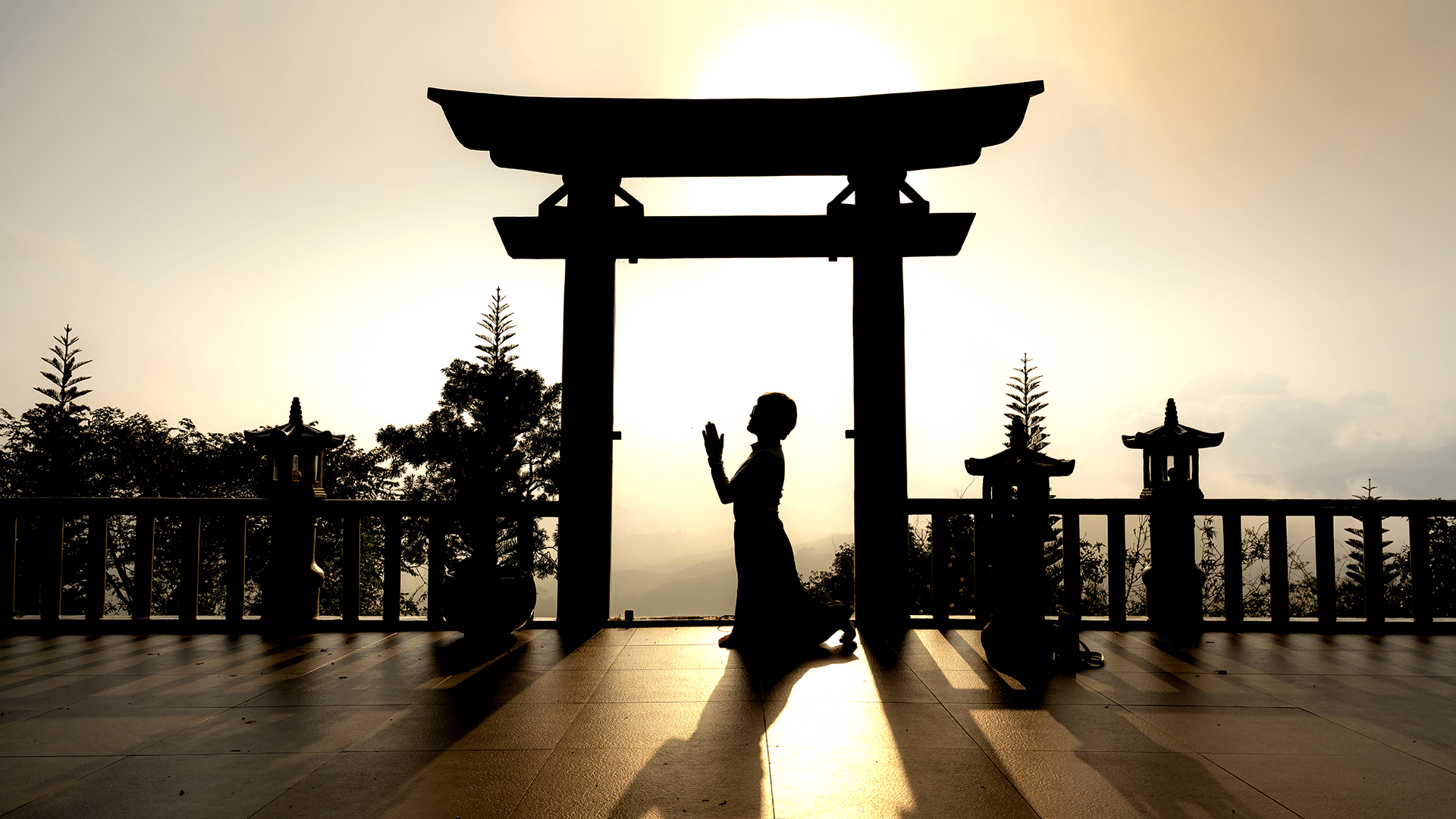Articolo: Intervista al designer Andrea Ponti

Intervista al designer Andrea Ponti
Abbiamo rivolto al pluripremiato designer Andrea Ponti alcune domande sul suo lavoro: è specializzato in product e industrial design .
Andrea Ponti è un designer industriale italiano con 15 anni di esperienza tra Giappone e Cina .
Laureato al Politecnico di Milano , ha iniziato a lavorare come ricercatore in design industriale e dei trasporti presso la Kyushu University di Fukuoka.
Nel 2013 si è trasferito a Hong Kong, dove ha fondato Ponti Design Studio : uno studio di design industriale e di prodotti con sede a Hong Kong, con la consulente di design giapponese Shiori Kuroiwa .
È sinonimo di concetti dualistici, poiché i suoi progetti combinano l' eleganza del design italiano con il minimalismo del design giapponese.
Progetta per aziende globali come Panasonic e Philips .
I suoi progetti sono riconosciuti a livello internazionale dai principali premi di design. Ha vinto premi internazionali di design come l' iF Design Award , il Red Dot Design Award e il Good Design Award .
Ha inoltre un approccio universale al design grazie alle sue idee lungimiranti .
Ecco le domande che abbiamo rivolto ad Andrea Ponti:
- Cosa ti spinge a decidere di lavorare a un progetto? Da dove viene la tua ispirazione?
- Questi progetti sono concept di design altamente tecnologici. Come vedi il rapporto tra tecnologia e design?
- Quali somiglianze riscontri, se ce ne sono, tra il design italiano e quello giapponese?
- Se potessi scegliere e combinare due culture del design qualsiasi, quali sceglieresti? E perché?
- I tuoi progetti sono all'avanguardia e bellissimi. Tieni qualcuno dei tuoi prodotti in casa?
- Tra tutti i progetti di design a cui hai lavorato, qual è il tuo preferito?
- Come vedi l'evoluzione del design italiano nel prossimo futuro? Emergono temi specifici?
- Hai progettato molti orologi e anelli intelligenti. Come pensi che i prodotti intelligenti si inseriscano nel mondo della moda? Ad esempio, l'Apple Watch è diventato un'icona di stile per molti. Vedi un futuro specifico per questo tipo di prodotti?
- Qual è l'aspetto della cultura asiatica nel mondo della moda che preferisci?
- Se potessi collaborare con qualsiasi stilista a un progetto, chi sceglieresti? E che tipo di progetto sarebbe?
- Hai mai giocato a qualche gioco su Playpulse One?

Cosa ti spinge a decidere di lavorare a un progetto? Da dove viene la tua ispirazione?
Ogni progetto nasce da un'idea, da una scintilla. A volte la scintilla nasce dal cliente, e noi la interpretiamo e la sviluppiamo attraverso il processo di progettazione che abbiamo perfezionato nel corso degli anni. Questo ci permette di creare prodotti altamente innovativi che riflettono appieno la visione del cliente.
Altre volte la scintilla arriva direttamente da noi e sviluppiamo concept altamente innovativi basati sulla nostra vasta esperienza in diversi settori. Di solito non sono pensati per il mercato: il loro scopo è mostrare la visione del Ponti Design Studio su come design e tecnologia possano migliorare la nostra vita.
Dopo essermi trasferito a Hong Kong nel 2013, gran parte della mia ispirazione e crescita professionale sono derivate da questa città e dal suo approccio al design. Qui ho imparato a progettare per il mercato internazionale e a creare prodotti che incontrano il gusto degli utenti finali proprio per la loro esperienza d'uso innovativa.
L'atmosfera vibrante e in continuo movimento di Hong Kong ha ispirato alcuni dei nostri migliori progetti, come Island , Kite e Agora E.
Questi progetti sono concept di design altamente tecnologici. Come vedi il rapporto tra tecnologia e design?
Molti designer rifuggono la tecnologia, pensando che trasformi i prodotti in gusci vuoti. Ma noi di Ponti Design Studio la abbracciamo: ne sfruttiamo tutto il potenziale per creare prodotti innovativi, potenziati dalla tecnologia. Il design potenziato dalla tecnologia ci ha fatto conoscere ed è diventato il nostro servizio distintivo.
Negli ultimi anni abbiamo iniziato a sviluppare concetti come Island, Kite e Agora E sulla mobilità pubblica a Hong Kong: sono molto appassionato dell'idea di reinventare la mobilità pubblica con veicoli tecnologici che siano il risultato della progettazione di prodotti piuttosto che di quella di trasporti.

Quali somiglianze riscontri, se ce ne sono, tra il design italiano e quello giapponese?
Forse due cose che la cultura italiana e quella giapponese hanno in comune sono la grande attenzione ai dettagli e la passione per i prodotti di qualità superiore.
A dire il vero, penso che siano completamente opposti in termini di linguaggio progettuale, processo e prodotto finale. E proprio per questo, credo che possano completarsi a vicenda, e per noi è molto stimolante creare forme di design ibride ispirate a entrambi gli stili.
Se potessi scegliere e combinare due culture del design qualsiasi, quali sceglieresti? E perché?
Penso che la combinazione di design italiano e giapponese possa essere la più sofisticata, non solo nel design industriale, ma anche nella moda. Italia e Giappone hanno culture antiche, ricche di arte e storia, e questo si riflette nel design dei loro prodotti e della moda.
Il design giapponese è caratterizzato da una sorta di rigore nei materiali, nelle forme e nei colori, ed è guidato da un'innovazione e una sperimentazione senza paura. I prodotti giapponesi hanno un design iconico e senza tempo, che non sembra invecchiare mai.
Il design italiano, d'altra parte, fa continui riferimenti al passato, anche quando è leggero e ironico. I prodotti italiani hanno una forza espressiva unica che si manifesta soprattutto nei materiali e nei colori non convenzionali.

I tuoi progetti sono all'avanguardia e bellissimi. Tieni qualcuno dei tuoi prodotti in casa?
Grazie. La mia casa ha uno stile molto minimalista, con pochi oggetti che ho accumulato nel tempo e pochissimi oggetti disegnati da me. Non voglio soffermarmi a contemplare le mie creazioni passate, preferisco concentrarmi su nuovi progetti.
Tra tutti i progetti di design a cui hai lavorato, qual è il tuo preferito?
Questa è una domanda difficile, perché mi è piaciuto molto lavorare a tutti i miei progetti: per me ognuno di essi è speciale e racconta una storia unica. Quindi il mio progetto preferito è sempre quello successivo, quello a cui non abbiamo ancora lavorato.
Con ogni progetto impariamo e cresciamo: perfezioniamo il nostro linguaggio e le nostre tecniche di design. Per questo cerchiamo di lavorare a quasi ogni progetto che ci viene assegnato con umiltà, passione e una mentalità di crescita.

Come vedi l'evoluzione del design italiano nel prossimo futuro? Emergono temi specifici?
In questi tempi di transizione è difficile fare previsioni. Forse due temi chiave sono la sostenibilità e la mobilità. I Millennial e la Generazione Z sono profondamente interessati alla sostenibilità, ed è per questo che i nostri prodotti sono altamente sostenibili.
Sono di alta qualità, progettati per durare a lungo e realizzati con materiali riciclati, upcycled e di origine vegetale. Anche l'intero processo produttivo è progettato per ridurre al minimo l'impatto ambientale.
E la mobilità sta vivendo grandi cambiamenti in molte grandi città, come Milano, che stanno introducendo veicoli più intelligenti e sostenibili.
Ponti Design Studio è all'avanguardia in questa innovazione, con concetti di mobilità all'avanguardia che uniscono design e tecnologia per un'esperienza sicura, efficiente e confortevole.
Hai progettato molti orologi e anelli intelligenti. Come pensi che i prodotti intelligenti si inseriscano nel mondo della moda? Ad esempio, l'Apple Watch è diventato un'icona di stile per molti. Vedi un futuro specifico per questo tipo di prodotti?
Esatto. Abbiamo progettato il nostro primo smartwatch nel 2013, due anni prima del primo Apple Watch : si trattava di una serie di concept altamente innovativi per Tesla.
Purtroppo non sono stati messi in produzione, ma avevamo le idee molto chiare sul potenziale di questo prodotto. È ancora uno dei nostri migliori progetti fino ad oggi.
E complimenti ad Apple : l' Apple Watch ha conquistato anche gli utenti più scettici e ora vanta una gamma di colori e accessori degna di una casa di moda!
Credo che il futuro dei dispositivi indossabili sia nelle loro mani. Qualche anno fa, Ponti Design Studio ha progettato il Matrix Powerwatch : uno smartwatch rivoluzionario alimentato interamente dal calore corporeo.
Sviluppato da una startup della Silicon Valley , il Powerwatch ha avuto un enorme successo e ha dato il via a un'intera generazione di dispositivi indossabili alimentati dal calore corporeo. Credo che questa sia la strada da percorrere per dispositivi indossabili sostenibili.

Qual è l'aspetto della cultura asiatica nel mondo della moda che preferisci?
Credo sia il potere dei marchi emergenti. L'anno scorso, per un progetto per Haier (produttore di elettrodomestici di fascia alta a prezzi accessibili), abbiamo creato una serie di prodotti i cui colori, materiali e finiture (CMF) riflettevano le tendenze della moda più in voga, e che hanno trovato particolare riscontro nella Generazione Z.
La nostra ricerca intersettoriale ha evidenziato un'ampia gamma di marchi emergenti di streetwear, principalmente cinesi e giapponesi.
Dominano i social media, soprattutto Instagram, e hanno un seguito enorme tra le generazioni più giovani, al punto che i grandi marchi della moda hanno iniziato a imitarli!
Questi marchi emergenti hanno oltrepassato il confine tra street wear e haute couture, stanno guadagnando quote di mercato tra concorrenti agguerriti e influenzano sia l'industria della moda che quella del design. Lo trovo incredibile!
Se potessi collaborare con qualsiasi stilista a un progetto, chi sceglieresti? E che tipo di progetto sarebbe?
Ci sono così tanti designer di talento là fuori che sarebbe un peccato sceglierne solo uno. Come nel mondo del design, anche nel mondo della moda i miei prodotti preferiti sono quelli successivi: quelli la cui innovazione e forza espressiva richiedono un po' di tempo per abituarsi.
Mi piacerebbe disegnare per questo ibrido tra streetwear e haute couture, aggiungendo un tocco di product design alla forma e ai materiali. Il bello del design industriale è che si applica a qualsiasi prodotto, dai veicoli elettrici all'abbigliamento.

Hai mai giocato a qualche gioco su Playpulse One?
Certo che sì! Testiamo ogni prodotto in modo approfondito prima di lanciarlo sul mercato. Playpulse One è stato un enorme successo internazionale grazie al suo design unico e soprattutto alla sua coinvolgente esperienza utente.
Alcuni potrebbero pensare che il design sia tutto una questione di forma e funzione. Ma negli ultimi anni, il design è diventato tutto incentrato sull'esperienza emotiva degli utenti finali.
Accendere la scintilla di cui parlavo all'inizio dell'intervista anche negli utenti è ciò che mi appassiona di più. Generare quella scintilla nell'utente finale è ciò che ci spinge a innovare e sperimentare progetto dopo progetto.
Ringraziamo Andrea Ponti per aver trovato il tempo di rispondere alle nostre domande.
Seguitelo sui suoi profili social :
- Ponti Design Studio
- Instagram di Andrea Ponti
- Facebook di Andrea Ponti
- LinkedIn di Andrea Ponti
- Pinterest di Andrea Ponti


